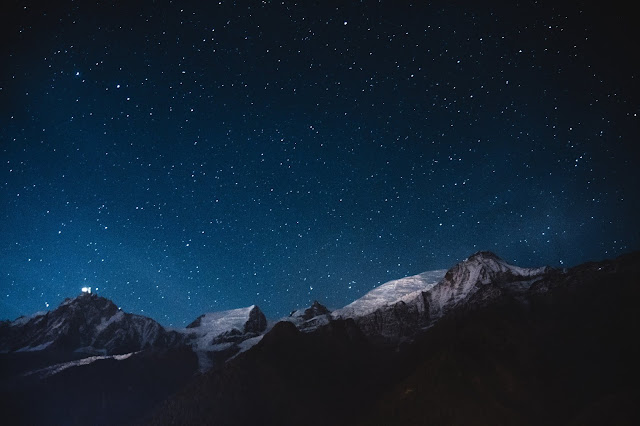Why are some planets so big?

Why are some planets so big? The largest planets of solar system are the planets Jupiter and Saturn. Both planets have distinct bands around them with stripes. Saturn can be recognized easily by its rings. Uranus , uniquely tilted sideways, and the blue Neptune , the coldest of the outer planes, are also much Larger then the inner planets. The outer planets are so big because they are comprised mainly of gases such as helium and hydrogen. These planets have a solid core, which is surrounded by liquid or frozen gas. This reason why they are also known as "gas giants" . Guys if you like this blog comment down below Read my previous blog here: https://ourearthintheuniverse1.blogspot.com/2020/05/why-does-moon-change-its-shape.html




















